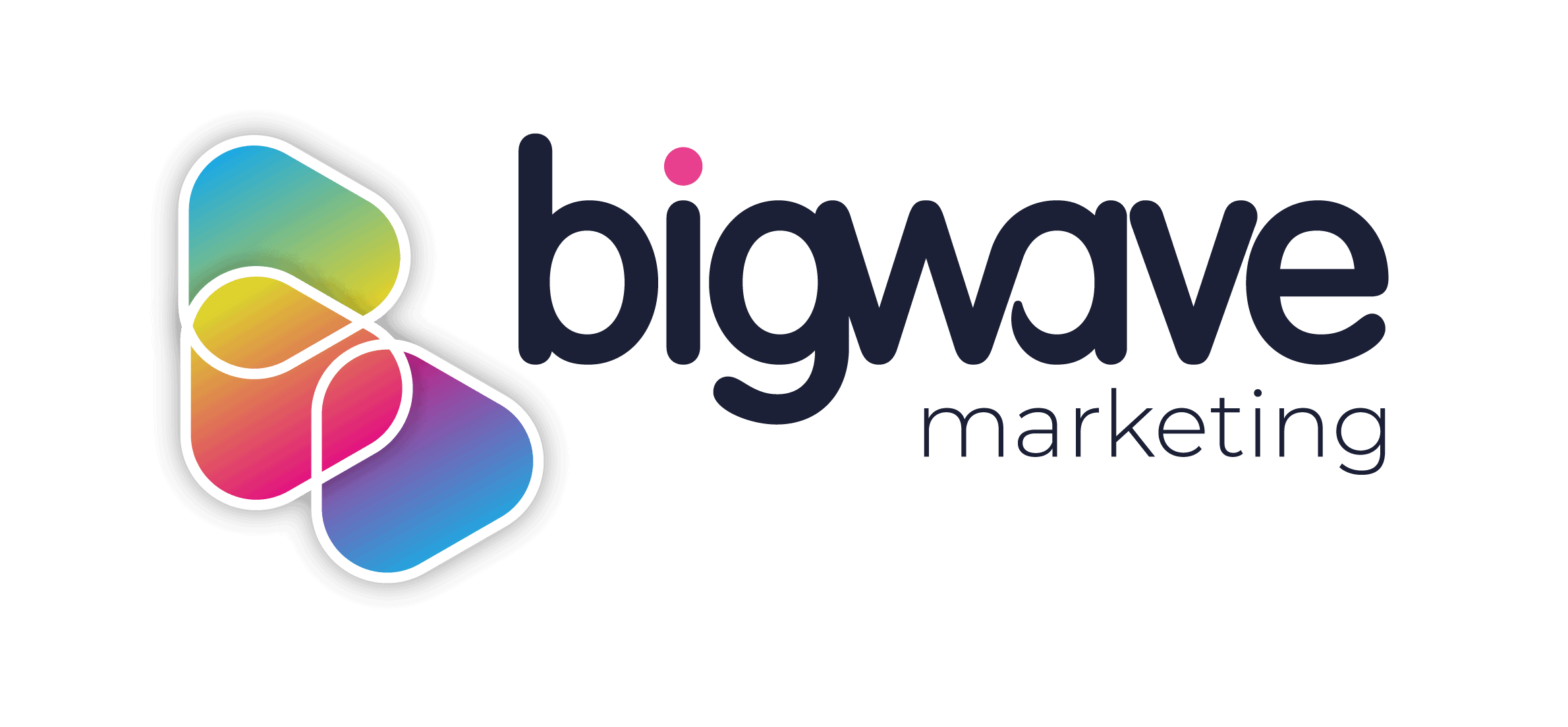What do Ben & Jerry’s, Nike, and Peloton have in common?
They’re all brand names that immediately conjure vivid and powerful images of who they are and what they stand for. Perhaps because of this, these brands have passionate audiences that buy their products again and again.
But how have they achieved this?
Part of the success of these companies is that they have a genuine – and clear – brand story. A brand story is designed to present the history, purpose, and values of your business in a way that resonates with your target audience. The benefit of a strong brand story is that your audience feels emotionally connected to your brand and is more likely to want to buy from you.
So, how do you create a story like this for your brand? It isn’t necessarily a quick task, but we’ve put together 5 steps to creating a powerful and compelling brand story.
- Know who you are and what you stand for
This is arguably the most important facet of creating a great brand story. What do you believe as an organization? What are your over-arching and unchanging brand values? What’s unique about your offering? What does your brand’s voice sound like?
Putting a consistent and recognisable brand story out into the world is vital, so getting these questions straight is important.
You need to what you stand for, what your customers or clients really need from you, and what key messages you want to send out.
To do this, you might:
- Listen to customers, prospects, and employees about what motivates them to buy from your brand – or your competitors.
- Keep an eye on what your competition is doing and any new marketplace trends.
- Collate this information into a one-pager about who you are and what you stand for.
- Have a clear vision
Once you’ve worked out who you are as a brand, the next step is to stay consistent and have a clear vision.
Putting out several different versions of a brand story won’t bring any benefit to your company. You need to put out one unified message – and keep putting it out there.
This is still true if your business changes or evolves, and these changes should be tied in neatly to your brand story. What makes your business, service, or product unique is most likely still true, so make sure to keep showing your customers that.
One easy way to make sure that your brand is staying consistent is to create a vision statement. A vision statement can be simply a short description of your brand, your values, and your plans for the future. If and when you’re considering launching new campaigns or exploring new business opportunities, you can refer back to your vision statement to make sure your brand story is staying consistent.
- Find your perfect audience
You can have a fantastic story, but it’s not going to do anything if you haven’t got an audience to tell it to.
Therefore, it’s really important to identify and target your ideal audience of potential customers when putting out your brand story.
The key is to pick the right demographic for your brand and then work out its motivations, fears, needs, wants, and dreams.
Looking at past creative messaging might help with this, as you might be able to see from the data what resonates best with your audience. How are consumers engaging with your brand? Did certain creative messaging lead to an uptick in website visits or sales? Are more people searching for you?
Also, don’t be afraid to change your campaigns to find a wider audience. For example, Peloton is known to be expensive but great quality. They already enjoyed a cult-like audience but had to fine-tune its brand story and creative messaging recently to help appeal to a wider audience segment. They targeted those who might be less affluent but were still willing to make a big purchase for a convenient fitness option at home. This has resulted in huge growth for the company.
- Find your signature story
A brand’s signature story could be a standalone story or multiple stories that are part of a broader narrative.
For example, your brand’s story might be that of your founder(s) and their groundbreaking approach, such as Ben & Jerry’s brand story.
However, a collection of mini-stories can work just as well. These can recreate real-life experiences of customers, workers, providers, and others to tell a story that adds to the whole brand narrative.
- Keep it simple
Don’t worry about trying to craft the perfect brand story, just be true to your actual story. Telling your real-life experience in a credible and effective way may do wonders for both your brand image and your sales.
Your story should:
- Be concise and simple
- Be true
- Incite emotion
- Show how your products solve customers’ pain points
- Be a continuous and growing project, not just an end point
In conclusion: your brand story should be your keystone
A clearly-defined brand story should be at the heart of everything you do. Without a brand story, brand messaging and marketing content can be vague, confusing, and inconsistent.
The ultimate goal is to make the story itself a core part of your corporate identity. Instead of confining your story to your website’s “About Us” page, you should let it permeate through every piece of content, social media post, paid advertisement, promotional message, email outreach, interview, and conversation with a customer.
With each connection, you have a real chance to increase brand value and -importantly- brand loyalty.
To find out how Bigwave can help you create and execute the perfect brand story, please get in touch with our branding experts today.

